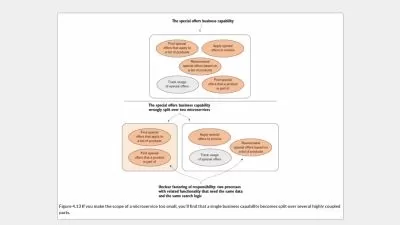Microservices Architecture: The Design Principles
Rag Dhiman
2:59:35
Description
Get a deep understanding of the microservices design and technology approach. All in the context of the core design principles, which help clarify and organize the sometimes overwhelming world of microservices architecture.
What You'll Learn?
Sometimes however the world of microservices can feel overwhelming in terms of the many design approaches and technologies that allegedly support a good implementation of a microservices based system. The best way to achieve clarity and direction in terms of how to implement an effective microservices system is to first understand the core design principles that help implement a good microservices based system. In this course, Microservices Architecture: The Design Principles, you will learn the approach to microservices design and technology so that you can move forwards safely with clarity. First, you will learn the core design principles of a microservices architecture. Next, you will discover the design and technology approach to implementing these principles in your software architecture. Finally, you will explore how to move forwards with creating and maturing your microservices architecture the safest way. When you’re finished with this course, you will have the skills and knowledge of core design principles needed to implement a successful microservices architecture.
More details
User Reviews
Rating
Rag Dhiman
Instructor's Courses
Pluralsight
View courses Pluralsight- language english
- Training sessions 41
- duration 2:59:35
- level preliminary
- Release Date 2023/12/15









